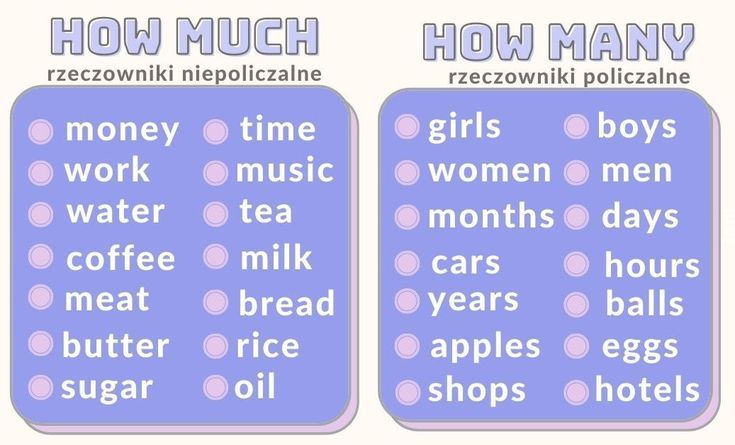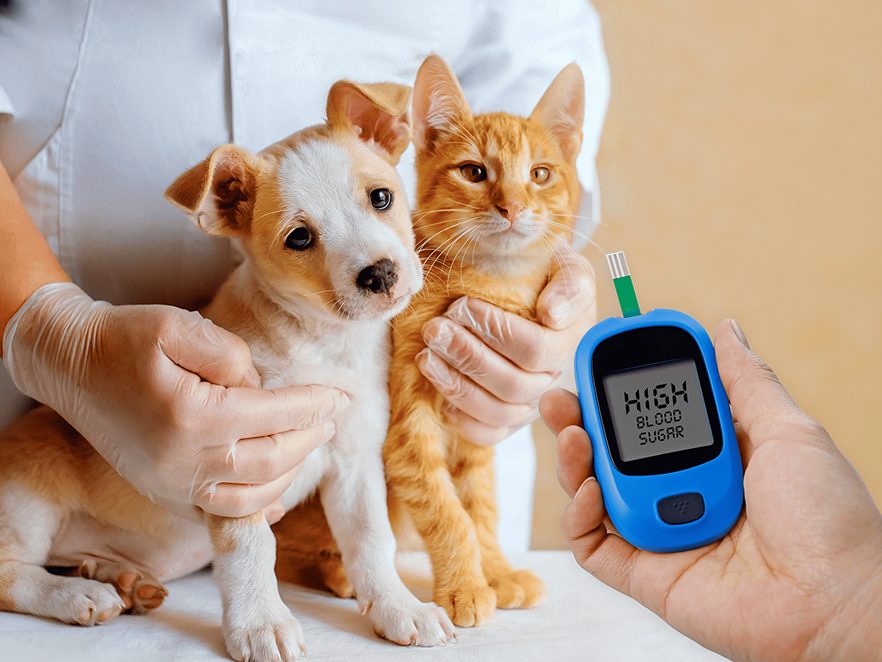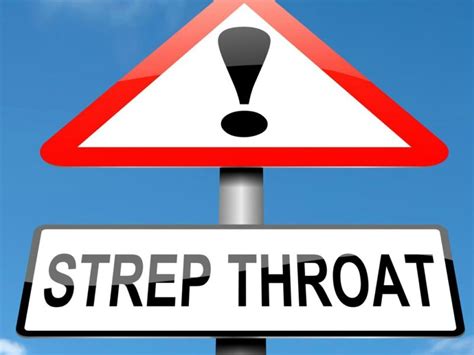Ivermectin, a medication traditionally used to treat parasitic infections in humans and animals, has garnered significant attention in recent times due to its potential application in treating certain viral diseases. However, its use in humans, especially for off-label purposes, requires careful consideration of safe dosage levels to avoid potential side effects and ensure efficacy.
Understanding Ivermectin
Ivermectin is a member of the avermectin class of drugs, which are broad-spectrum antiparasitic agents. It works by binding to glutamate-gated chloride channels in invertebrate nerve and muscle cells, causing hyperpolarization and eventual death of the parasite. In humans, ivermectin is FDA-approved for treating diseases caused by certain parasites, such as onchocerciasis (river blindness) and strongyloidiasis.
Approved Dosages for Humans
For approved indications, the dosages of ivermectin are as follows: - Onchocerciasis: A single dose of 150 mcg/kg, orally, every 6 to 12 months as needed. - Strongyloidiasis: A single dose of 200 mcg/kg, orally, which may be repeated in 2 weeks if necessary.
Unapproved Uses
The interest in ivermectin for other conditions, including viral diseases, has led to extensive debate and research. However, for unapproved indications, there is no universally accepted safe dosage. Studies and clinical trials have employed various dosing regimens, often based on the approved doses for parasitic infections, but these regimens are experimental and not standard practice.
Safety and Side Effects
While ivermectin is generally well-tolerated, its use, especially in higher doses or for prolonged periods, can lead to side effects such as: - Gastrointestinal distress (nausea, vomiting, diarrhea) - Neurological effects (dizziness, headache, somnolence) - Allergic reactions
In rare cases, especially with high doses or in sensitive individuals, ivermectin can cause more severe reactions, including seizures, coma, or even death, although these outcomes are rare.
Considerations for Safe Use
Consult a Healthcare Professional: Before using ivermectin, especially for unapproved indications, it is crucial to consult with a healthcare provider. They can assess the risks and benefits based on an individual’s health status, medical history, and current medications.
Dose Calculation: If prescribed, ensuring the correct dose based on body weight is critical. Miscalculations can lead to inadequate treatment or increased risk of side effects.
Monitoring: Regular monitoring for side effects and therapeutic efficacy is necessary, especially when using higher doses or for extended periods.
Quality of the Medication: Ensuring the medication is sourced from a reputable and regulated supplier is vital to avoid counterfeit or adulterated products.
Conclusion
While ivermectin can be a valuable medication for certain conditions, its use must be guided by medical evidence and professional judgment. For unapproved uses, particularly in the context of viral diseases, more research is needed to establish safe and effective dosing regimens. Always consult with a healthcare provider before starting any new medication, including ivermectin, to discuss potential benefits and risks based on individual circumstances.
What is the standard dosage of ivermectin for humans?
+The standard dosage for approved indications such as onchocerciasis is 150 mcg/kg and for strongyloidiasis is 200 mcg/kg, taken orally.
Can ivermectin be used for viral diseases?
+While there is interest in ivermectin for viral diseases, its use for these conditions is not approved by the FDA and requires consultation with a healthcare provider.
How is the dose of ivermectin calculated for humans?
+The dose is typically calculated based on body weight, with the precise calculation depending on the specific indication and medical guidance.


